The best time to enjoy chimpanzee habituation in Uganda is during the dry seasons, which typically occur between June to September and December to February. These months are considered the most favorable because the forest trails are drier, making the long treks less strenuous and more enjoyable. With less rain, visibility is also improved, increasing the chances of spotting chimpanzees as they move across the forest canopy. The dry season is also Uganda’s peak tourism period, meaning that facilities and lodges are fully operational, and travelers can combine their habituation adventure with other safari activities across the country.
That said, the wet seasons from March to May and October to November also present unique opportunities for chimpanzee habituation. During these months, the forest is at its most lush and vibrant, offering breathtaking scenery that enriches the trekking experience. Chimpanzees often have abundant food during this time, which reduces their movements and can sometimes make them easier to locate. Fewer tourists visit the parks in the wet season, giving those who do a more exclusive and intimate experience with the forest and its wildlife. The quieter atmosphere allows travelers to feel more connected to nature, despite the added challenge of muddy trails.
Ultimately, chimpanzee habituation is available throughout the year, and the best time to go depends largely on personal preference. Visitors seeking comfort, easier trekking, and broader safari opportunities may prefer the dry seasons, while those who value solitude, lush forest scenery, and unique photographic opportunities may find the wet seasons equally rewarding. Regardless of timing, the experience of spending extended hours with wild chimpanzees as they are gradually accustomed to human presence remains one of the most remarkable wildlife adventures Uganda has to offer.



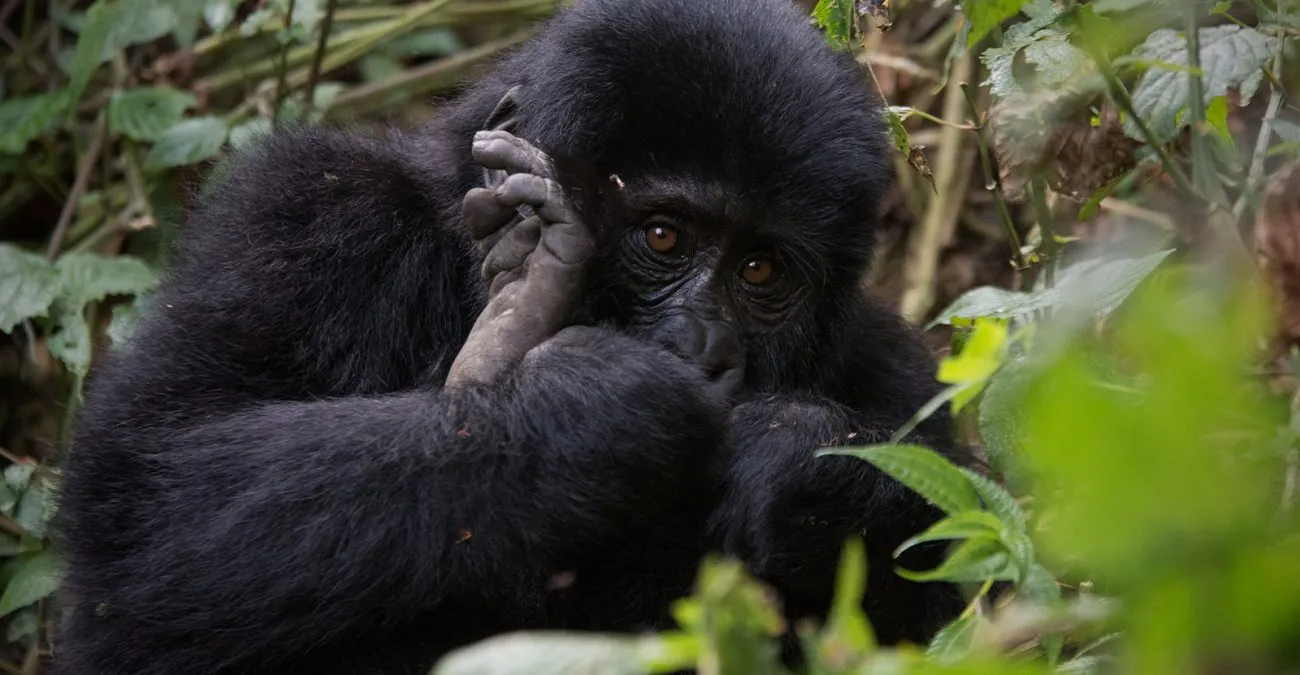
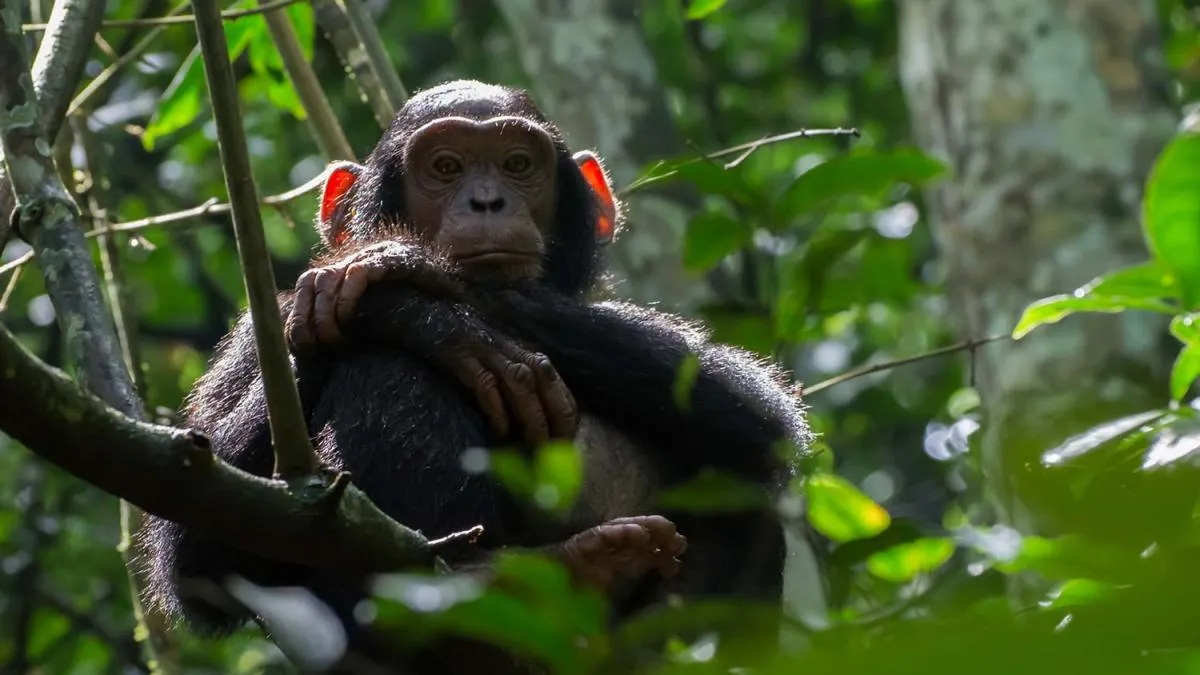
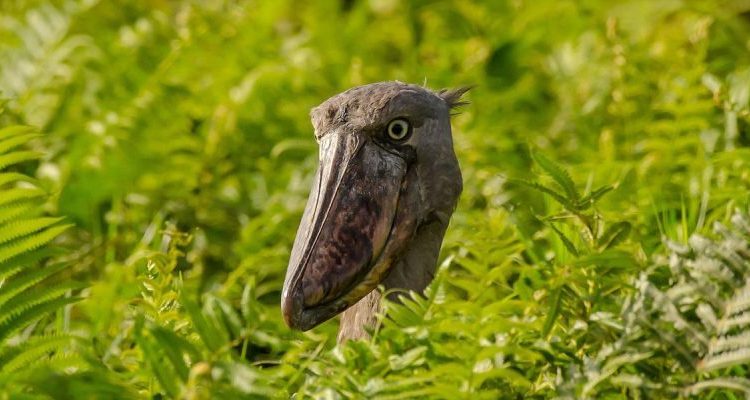

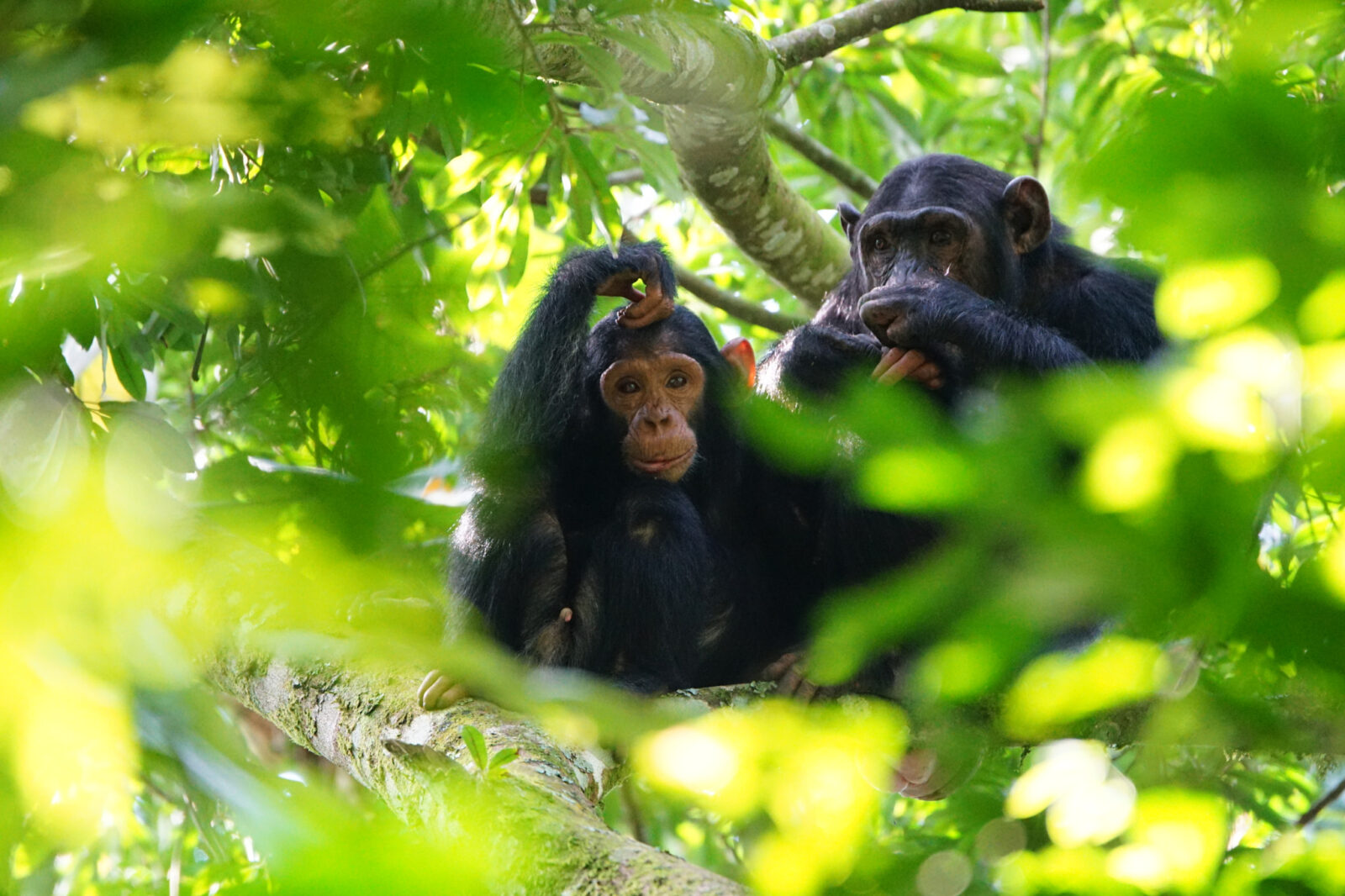
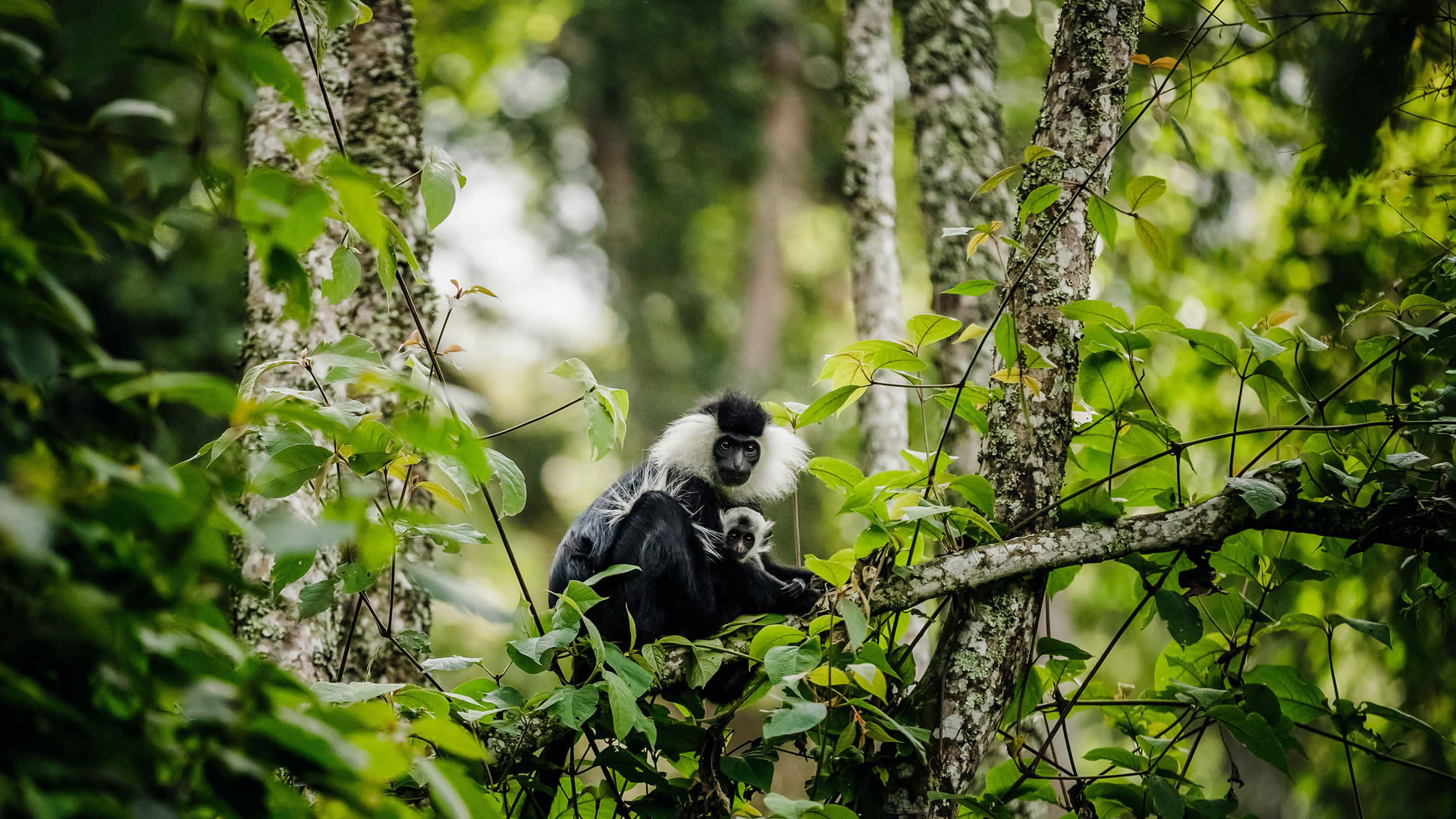
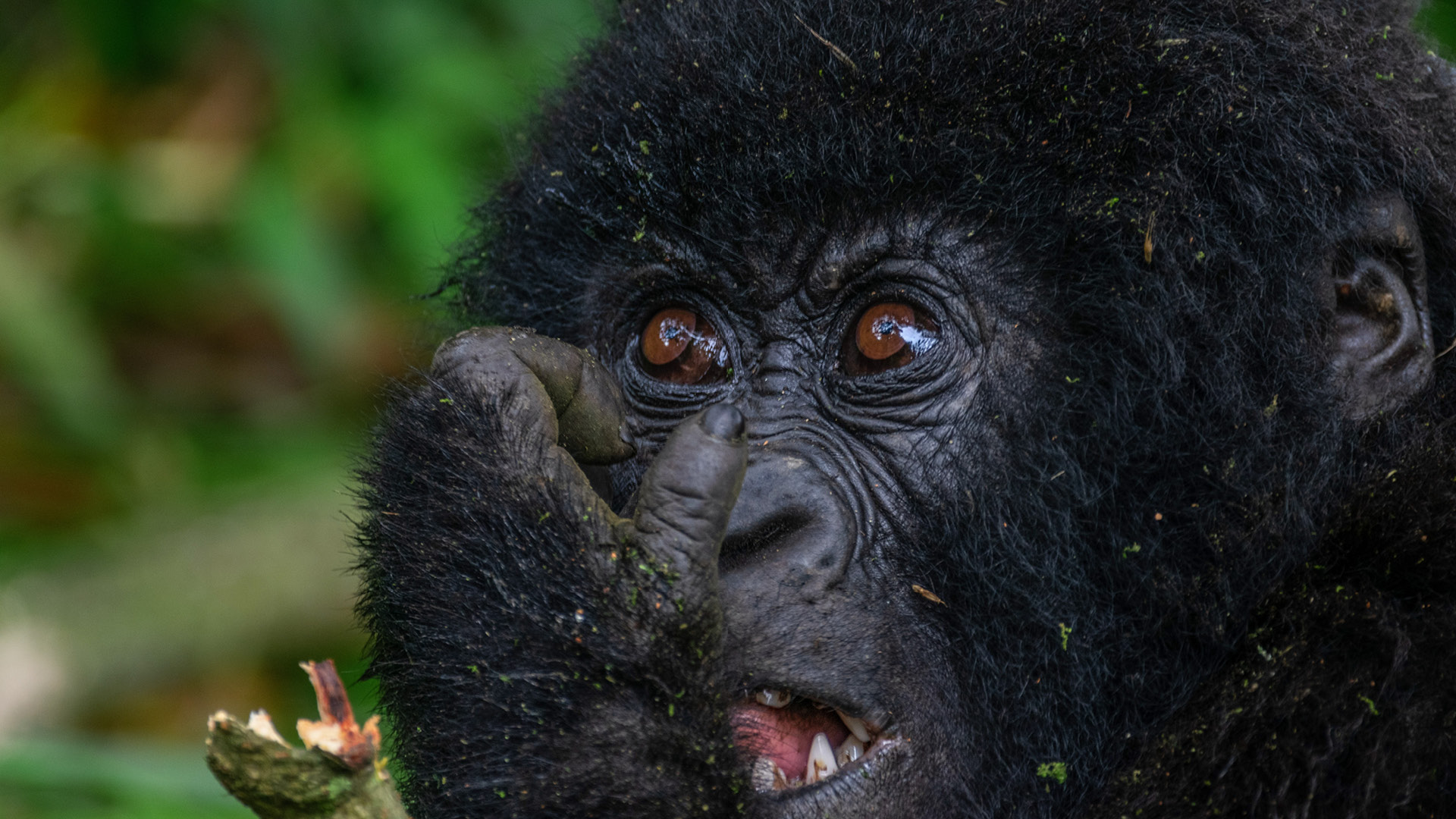
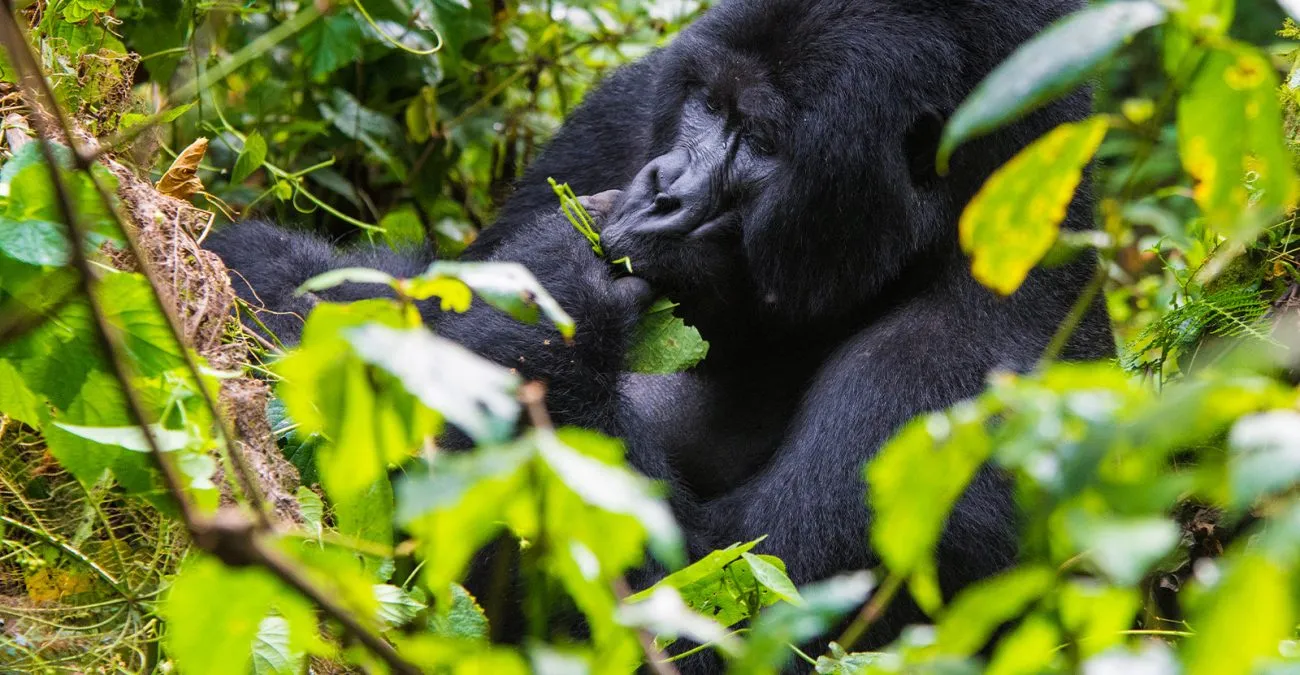
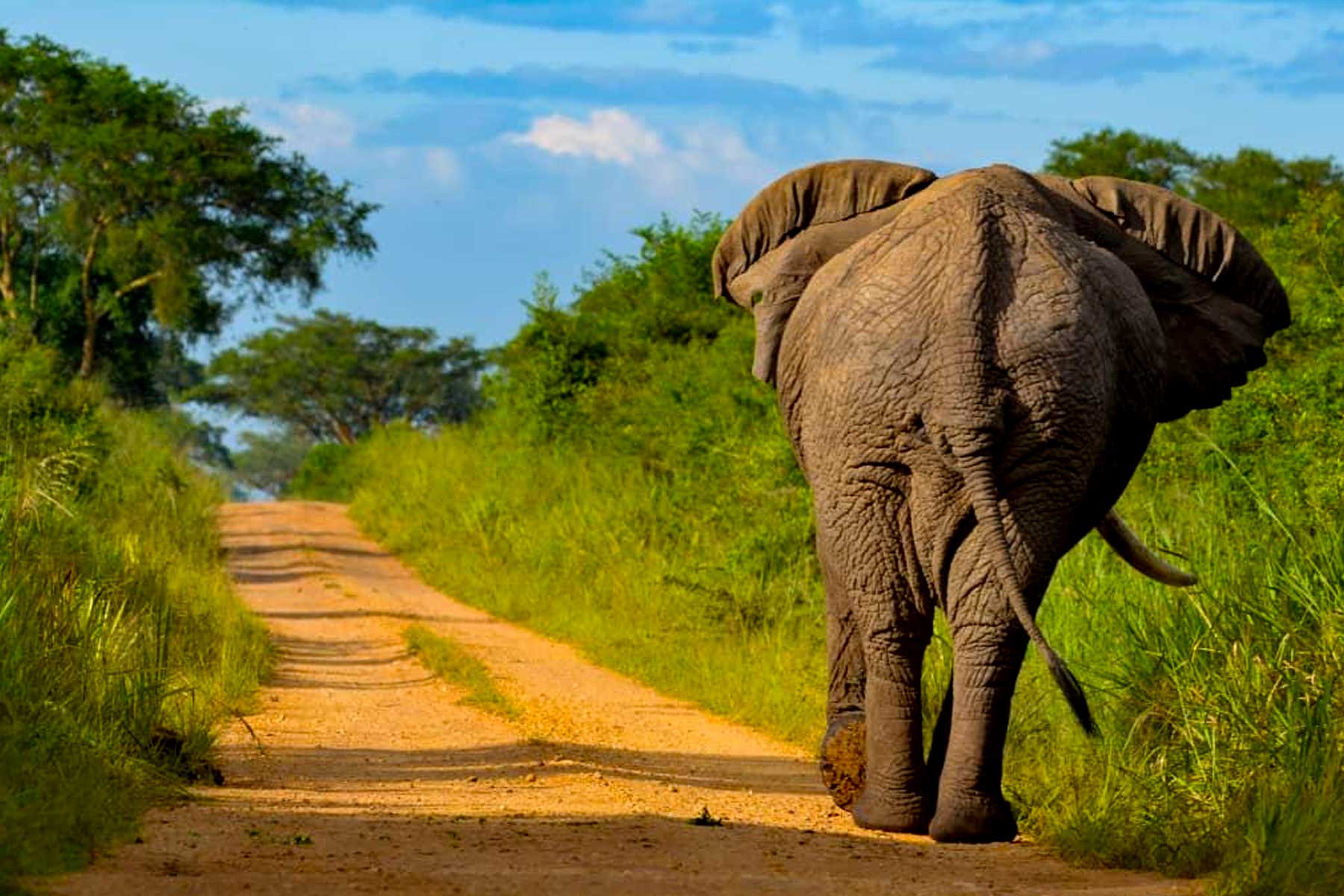

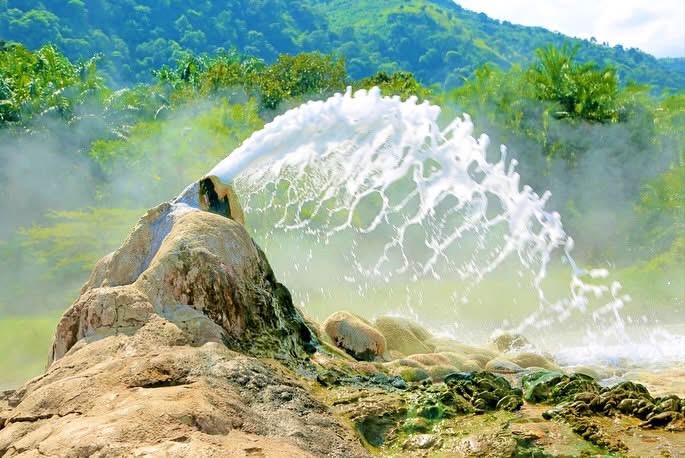
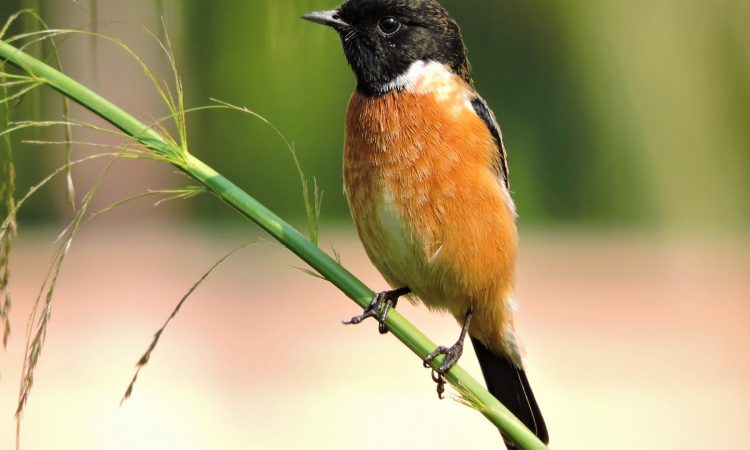

 WildHorn Africa – Authentic and unforgettable tours across Africa, guided by local experts who know the land, wildlife, and culture best.
WildHorn Africa – Authentic and unforgettable tours across Africa, guided by local experts who know the land, wildlife, and culture best.


